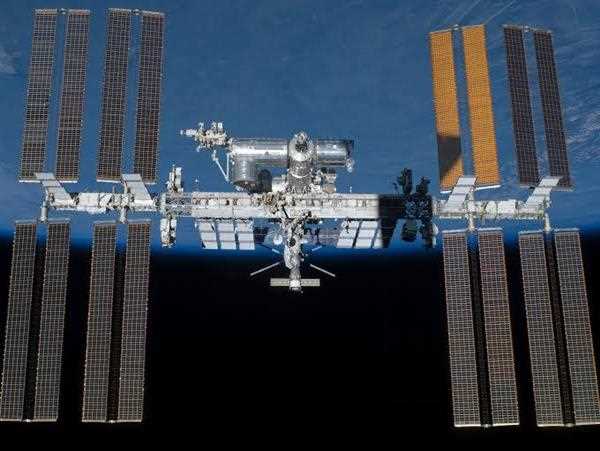There is only one International Space Station (ISS) in space. The International Space Station (ISS) is the result of a joint effort among various space agencies, such as NASA (United States), Roscosmos (Russia), JAXA (Japan), ESA (European Space Agency), and CSA (Canadian Space Agency). These agencies have come together to collaborate on the construction and operation of the ISS. It serves as a research laboratory and a home for astronauts from various countries.

The International Space Station is an orbiting outpost located in low Earth orbit. It was first launched in November 1998 and has been continuously occupied since November 2000. The ISS is a complex structure consisting of multiple modules and components that were launched and assembled in space over the course of several missions.
The primary purpose of the ISS is to conduct scientific research in microgravity conditions. The station provides a unique platform for studying a wide range of fields, including biology, physics, astronomy, human physiology, and technology development. Astronauts aboard the ISS carry out experiments that contribute to our understanding of space, support technological advancements, and provide valuable insights for future space exploration missions.
The ISS serves as a symbol of international cooperation in space exploration. It is a result of collaboration among multiple nations, sharing resources, expertise, and scientific goals. The participating space agencies contribute modules and experiments to the station, as well as crew members who rotate on regular missions.
The ISS has a modular design that allows for expansion and upgrades over time. New modules and components can be added, while older ones can be replaced or decommissioned. This modular approach ensures the station's sustainability and adaptability to evolving scientific needs and technological advancements.
It is worth noting that space agencies and private companies have plans for future space stations beyond the ISS. For example, NASA has proposed the Lunar Gateway, a small space station intended to orbit the Moon and serve as a staging point for lunar surface missions. Private companies like SpaceX also have ambitions to develop their own commercial space stations for various purposes.